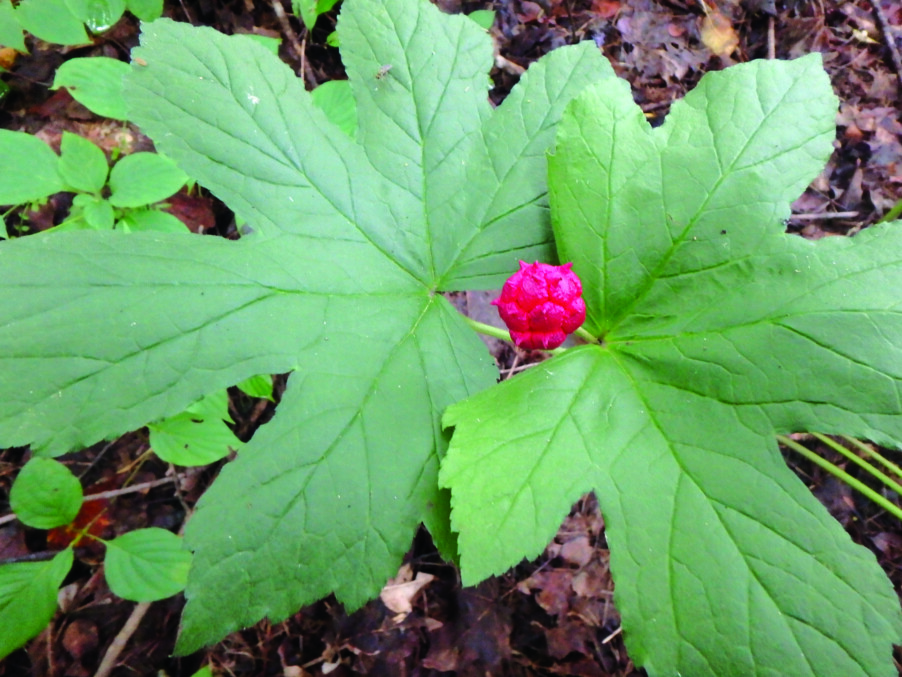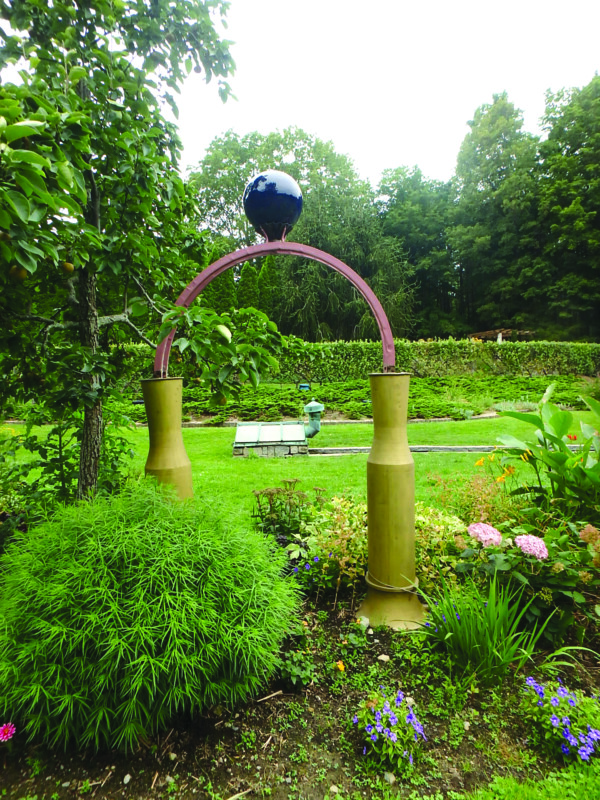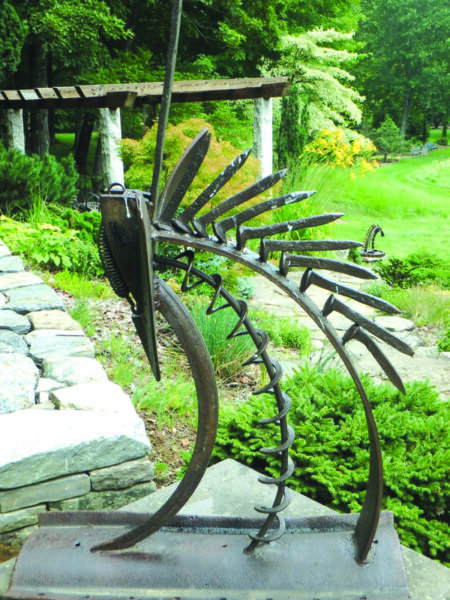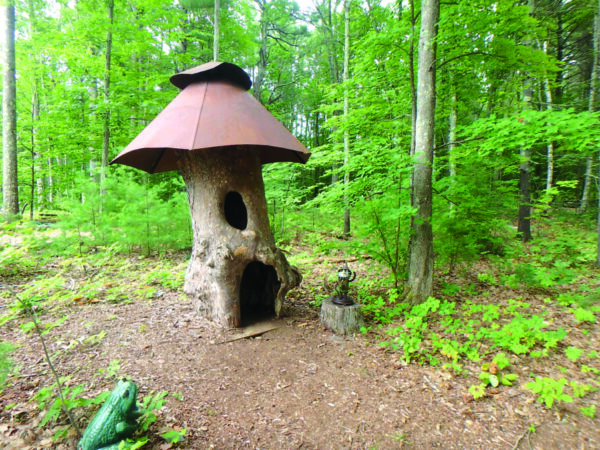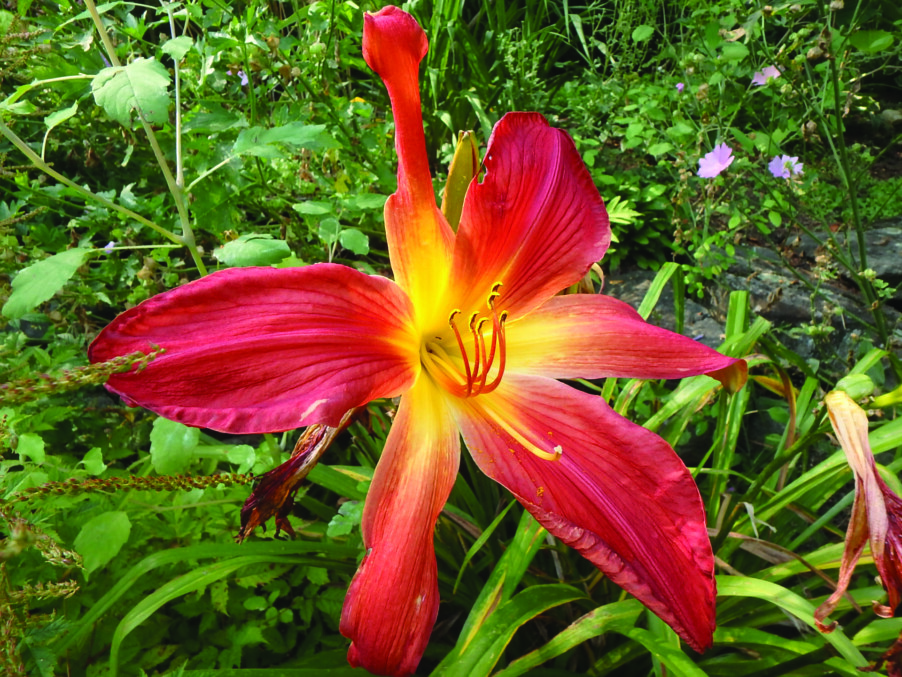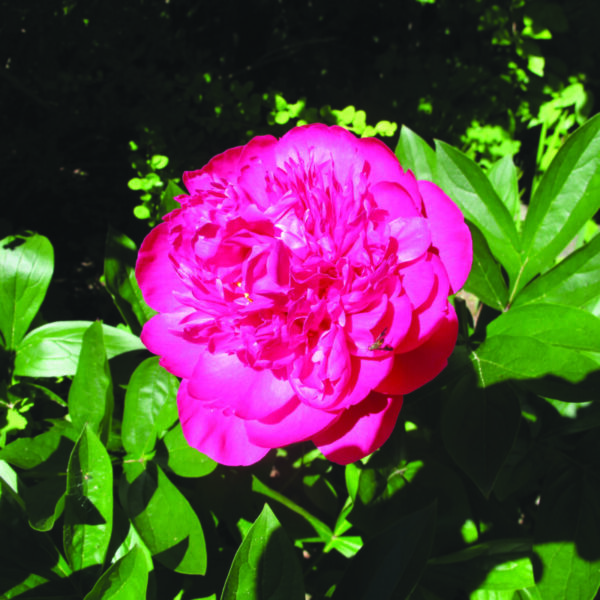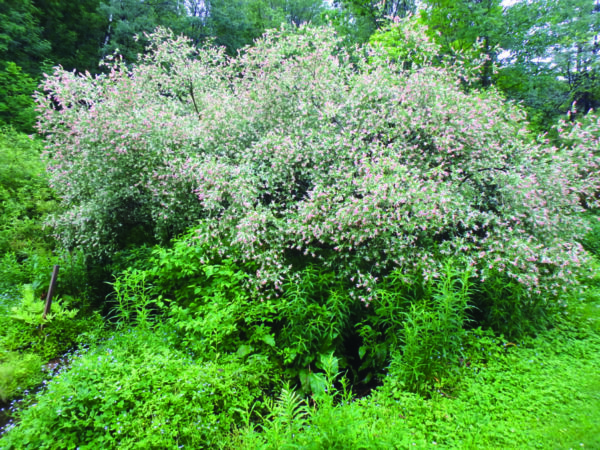Family fun for the weekend
Family fun ideas
Looking for some entertainment ideas for the whole gang this weekend? Check out some of our recent stories (see e-editions of issues at hippopress.com.). In our July 8 issue we looked at mini golf, with a rundown of some of the area courses. A note for people with littler kids: Mel’s Funway Park in Litchfield (melsfunwaypark.com.) has added a Mini Mel’s Kiddie Land set of attractions geared toward kids ages 2 to 9. For the more adventurous, we looked at water fun (paddleboarding, canoeing, kayaking and cruising on New Hampshire waterways) in the Aug. 5 issue and adventures aloft (ziplining, hot air ballooning and parasailing) in the July 15 issue.
Space!
AerospaceFest returns to McAuliffe-Shepard Discovery Center (2 Institute Drive, Concord; starhop.com, 271-7827) on Saturday, Sept. 4, from 10:30 a.m. to 4 p.m. Admission is free for the outdoor event. The NH Astronomical Society will have a telescope set up, Millstone Wildlife Center will bring ambassador animals, robotics teams will do robot demos and local STEM organizations will attend, the website said. No pre-registration is required.
Fair weekend
If you’ve been missing the summer/fall fair experience, you’re in luck. The Hopkinton State Fair kicks off Thursday, Sept. 2, and runs through Monday, Sept. 6. (Free parking at 905 Park Ave., Contoocook.) The fair is open Thursday, 5 to 10 p.m.; Friday through Sunday, 8 a.m. to 11 p.m., and Monday, 8 a.m. to 7 p.m. Thursday is “Townie Night,” when Hopkinton residents get in for free between 5 and 8 p.m. Admission for non-residents is $8 for ages 3 and up. One-day passes Friday through Monday cost $14 for ages 13 to 59, $12 for ages 60+ and $8 for ages 3 to 12, according to the fair website, hsfair.org, where you can also buy a pass for all five days for ages 3 to 60+ for $39 per person. You can also find tickets for a one-day megapass (allows unlimited admission to mechanical rides) and grandstand shows including demolition derby, monster trucks and Northeast Six Shooters’ horseback shooting demonstration show. Military (active or retired) with a valid photo ID are admitted free.
Find rides and games on the midway, open 5 p.m. to close on Thursday, noon to close on Friday and 10 a.m. to close Saturday through Monday. Catch demonstrations from the NH Canine Troopers Association (4 and 6 p.m., Friday), Axe Women Loggers of Maine (noon and 3 and 5 p.m.,daily), Dock Dogs (daily), Ben Risney Wood Sculpture (10 a.m., and 1 and 4 p.m., daily) and John Deere Skid Steer Rodeo (Monday. 11 a.m. to 3 p.m.). There’s also a lineup of live music and juggling. At the Ag Stage, catch Dan Morgan (11 a.m. to 3 p.m., daily) and Nicole Knox Murphy (3 to 7 p.m.). Get kids interested in 4-H (or maybe just some light gardening and chicken tending) with the agriculture displays and competitions (livestock shows, horse show, pulling competitions and the home arts hall).
The fair also has educational displays, such as the maple sugar house, the NH Fish and Game building and a Charmingfare Farm petting zoo (Friday through Sunday, 9 a.m. to 9 p.m.; Monday, 9 a.m. to 5 p.m.) with daily animal magic shows (noon, and 2 and 5 p.m.), the website said.
And, of course, the fair will help you get your fried dough fix. Other food options include sausages with peppers and onions, apple crisp with ice cream, turkey legs, bison burgers and giant doughnuts, according to the fair website.


